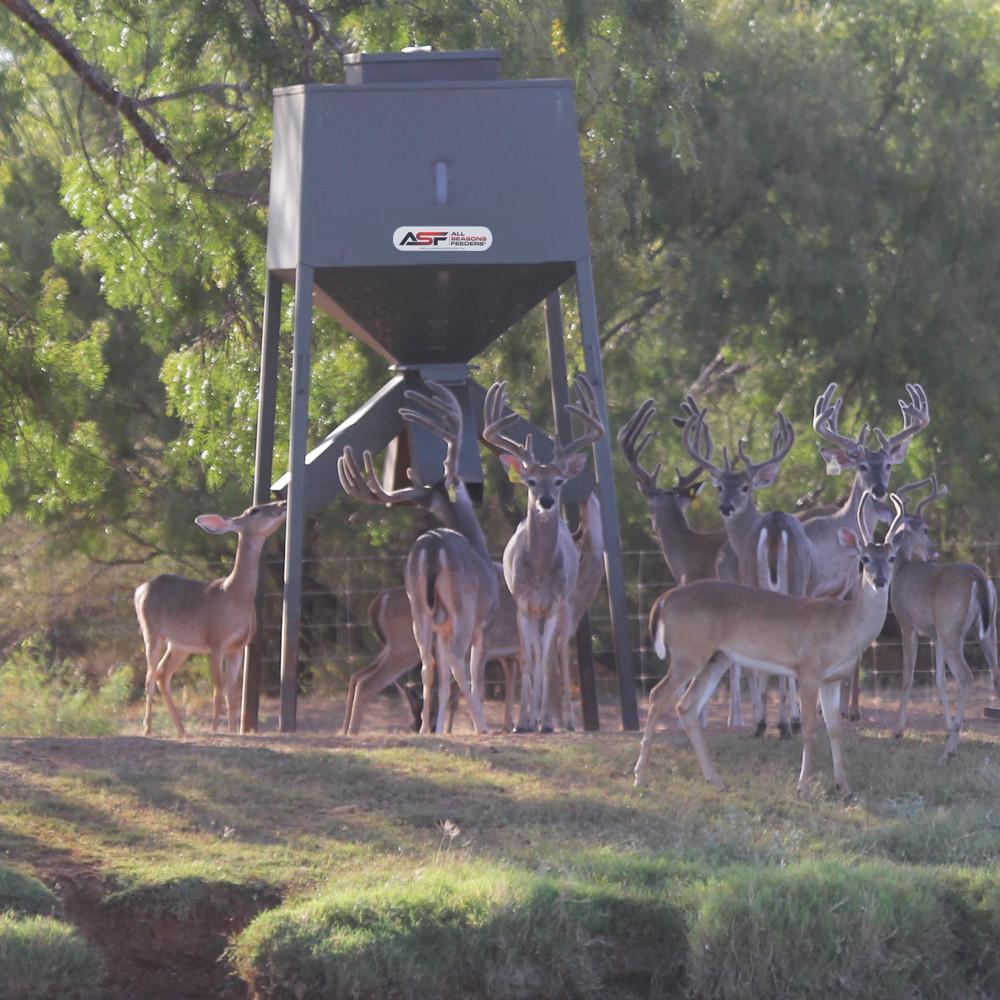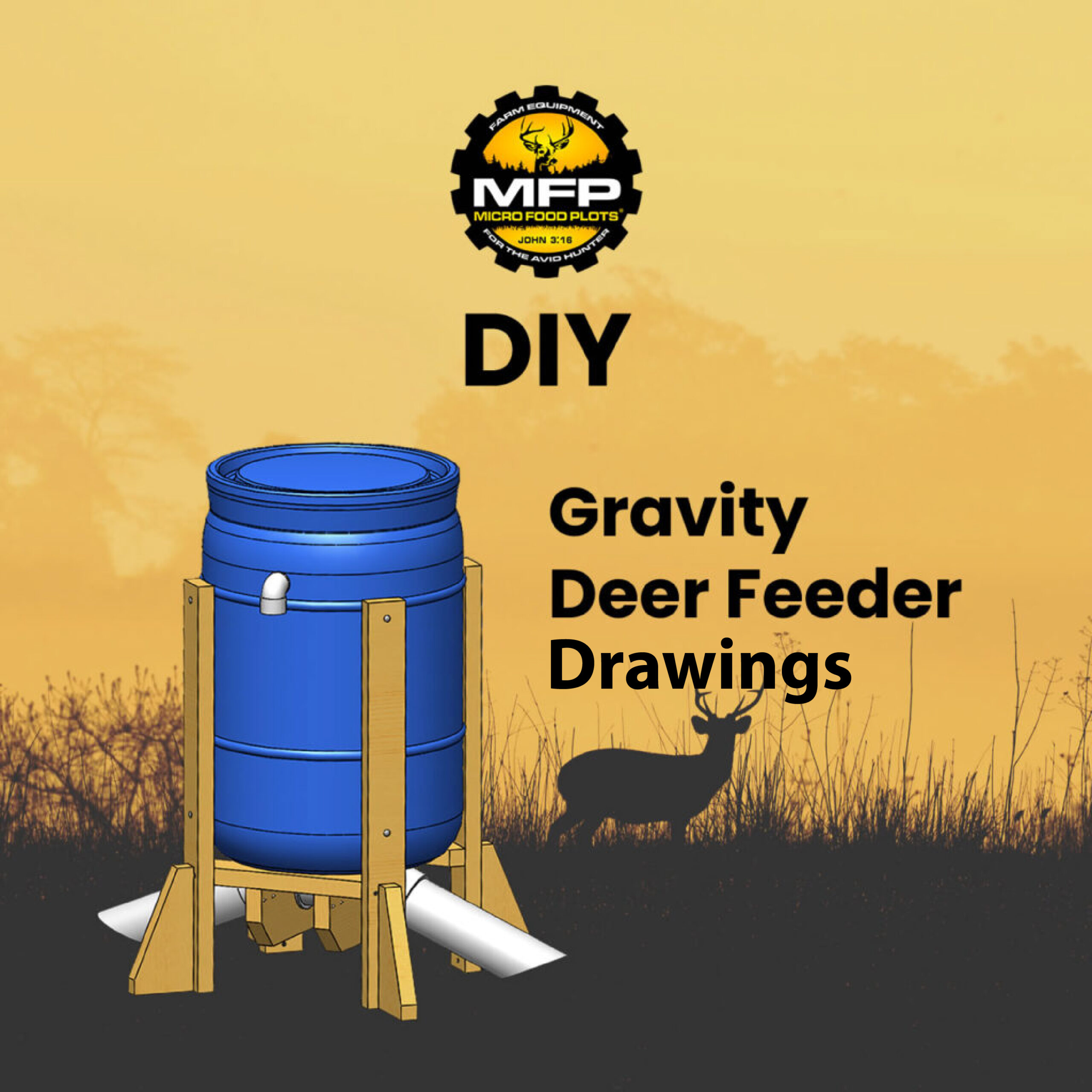FeedThatGame.com Deer Feeding Basics: From Food Plots to Supplemental Feeds
The Role of Deer Feeders in Wild Animals Management and Habitat Conservation
Discover the necessary role of deer feeders in attaining these objectives. By improving deer nutrition and handling populaces, feeders aid minimize problems in between deer and human beings. In this write-up, we will explore the many advantages of deer feeders and their significance in wild animals administration and preservation efforts.
Enhancing Deer Nourishment and Health

One of the primary advantages of using a deer feeder is that it enables you to manage the type and high quality of feed that deer take in. By making use of specifically formulated deer feed, you can provide important nutrients that may be doing not have in their natural diet plan. This is especially crucial throughout times of limited forage accessibility, such as the cold weather or during periods of dry spell.
Furthermore, deer feeders can help boost the overall wellness of the deer populace by decreasing competition for food. When food resources come to be scarce, deer might come to be extra aggressive and territorial, leading to injuries and fights. By providing a consistent food source with a deer feeder, you can help ease this competitors and promote an extra harmonious feeding setting.
Along with improving nutrition, deer feeders can also be utilized as an administration tool to bring in deer to particular locations for monitoring or hunting functions. By strategically placing feeders in preferred places, you can produce possibilities for wildlife fanatics and seekers to connect and observe with deer in a lasting and regulated way.

Managing Deer Populaces
To efficiently take care of deer populations, it is important to apply methods that focus on lasting population control and environment conservation. By meticulously managing the number of deer gathered each year, wild animals supervisors can prevent overpopulation and keep the deer populace at a healthy and sustainable degree.
An additional vital technique in managing deer populaces is the development and maintenance of appropriate environments. Providing bountiful and varied food resources, shelter, and water is critical for deer populations to thrive - feedthatgame.com. This consists of preserving and recovering all-natural environments, as well as executing habitat improvement jobs. By boosting the high quality of the habitat, deer populaces can better sustain themselves and stay clear of ending up being reliant on supplemental feeding.

Reducing Human-Deer Conflicts
To lessen conflicts in between humans and deer, it is essential to carry out efficient techniques that attend to the aspects contributing to these disputes (feedthatgame.com). One key aspect is environment devastation, as urbanization and advancement encroach upon natural deer environments. By maintaining and producing eco-friendly areas, such as parks and wildlife hallways, we can give alternative habitats for deer and lower their interaction with humans
One more element to consider is the accessibility of food resources. Deer are drawn in to suburbs when they discover conveniently obtainable food, such as gardens and decorative plants. To minimize this, it is essential to inform house owners regarding deer-resistant landscaping options and to promote using fence or other deterrents to protect gardens.
In addition, taking care of deer populaces via responsible searching techniques can assist reduce problems. By executing hunting periods and bag restrictions, we can keep a well balanced deer population, which minimizes competitors for sources and decreases the chance of deer elbowing in on human regions.
In addition, public awareness campaigns can play a significant duty in minimizing problems. These campaigns can enlighten the general public about the importance of preserving a safe this contact form range from deer, preventing feeding them, and properly taking care of waste to avoid attracting them. By promoting liable habits, we can decrease unfavorable communications between deer and human beings.
Encouraging Balanced Ecosystems
Promote a balanced ecological community by urging all-natural foraging behaviors and minimizing dependence on deer feeders. While deer feeders might appear like a convenient means to attract and sustain deer populations, they can interfere with the delicate equilibrium of a community. By counting exclusively on deer feeders, deer might become depending on the very easy food source, bring about overpopulation and unfavorable influences on greenery and other wild animals.
Motivating natural foraging behaviors is necessary for maintaining a healthy and balanced ecosystem. Enabling deer to forage for their food helps them develop necessary abilities, such as recognizing and selecting nourishing plants. It likewise avoids overgrazing in particular areas, making certain a more also circulation of sources and decreasing the risk of habitat deterioration.
Minimizing reliance on deer feeders can also profit various other wildlife varieties. When deer gather together at feeders, it can produce an artificial concentration of animals, which might result in enhanced competitors for resources and greater transmission rates of diseases. By advertising all-natural foraging, deer will disperse throughout their environment, decreasing the danger of condition transmission and sustaining a more diverse and balanced environment.
In addition to reducing reliance on deer feeders, it is essential to focus on environment conservation and reconstruction. By enhancing natural environments, we can supply a bigger variety of food resources for deer and various other wild animals. This consists of growing indigenous vegetation, developing food plots, and protecting all-natural hallways for motion.
Improving Habitat Quality and Conservation Initiatives
You can significantly enhance environment quality and preservation initiatives by routinely applying repair and preservation practices. By bring back and maintaining all-natural environments, you offer a safe and sustainable atmosphere for wild animals to prosper. One method to boost environment quality is by growing indigenous greenery. Native plants supply food and shelter for a selection of animals, consisting of deer. They also help preserve a well balanced ecological community by attracting pollinators and supporting the food web. Additionally, you can preserve and develop water resources such as fish ponds or small streams. These water features serve as vital alcohol consumption and bathing Get the facts places for deer and other wild animals. Moreover, it is important to control invasive varieties that can damage the indigenous habitat. Frequently monitoring and removing intrusive plants can stop them from outcompeting native species and disrupting the community. Practicing liable land administration More about the author strategies, such as rotational grazing or managed burns, can likewise add to habitat improvement. These techniques aid keep healthy and balanced greenery and stop environment destruction. By executing these repair and preservation methods, you play a crucial duty in enhancing environment high quality and conservation initiatives for deer and other wild animals.
Verdict
Finally, deer feeders play a critical function in wildlife administration and habitat preservation. By offering improved nourishment and promoting deer health, they add to the total health of the deer populace. Additionally, they aid manage deer populaces, minimize problems with human beings, and advertise well balanced environments. By boosting environment high quality and supporting conservation efforts, deer feeders aid in protecting the natural environment for future generations. Keep using deer feeders to make a favorable impact on wildlife and their environments.
By enhancing deer nourishment and handling populations, feeders help reduce problems between humans and deer.To enhance deer nutrition and wellness, you can supplement their natural forage with a deer feeder.Additionally, deer feeders can help enhance the total health of the deer populace by minimizing competition for food. While deer feeders might seem like a practical means to attract and maintain deer populaces, they can disrupt the delicate balance of an ecological community. By counting solely on deer feeders, deer might end up being dependent on the very easy food source, leading to overpopulation and adverse influences on greenery and other wild animals.